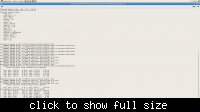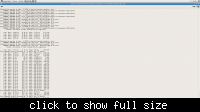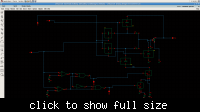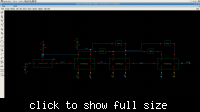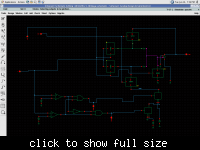chandra3789
Member level 1
hi ....i need your help.....
i am trying to simulate 12 bit pipelined ADC using ideal blocks from AHDL library in cadence libraries.....
i am using 1.5bit/stage topology with 10 1.5 bit/stages and 2 bit flash at the end...
while simulating it i am getting a weird problem.i first simulated single stage with DC, ramp and sinusoidal inputs, it worked fine. when i added one more stage and simulated those two stages it worked fine and the simulation completed in a very less time.
but when i add one more stage i.e., 3 stages , the transient simulation is taking very very large time(almost infinite) and its never ending.
if i give 100ns it generally takes 2ns step but at 2.001 ns the step size is falling down to 8.2e-21 s!.....
if i give 20ns it is simulating fine upto 12ns and the step size is falling down to 8e-21 s!....
no errors and warnings are being shown during the simulation.........
this is a weird problem which i have never seen........
have you any idea why?........
more over why its happening when i do it for 3 stages only? why not for 2 stages?
replies are most awaited.
i am trying to simulate 12 bit pipelined ADC using ideal blocks from AHDL library in cadence libraries.....
i am using 1.5bit/stage topology with 10 1.5 bit/stages and 2 bit flash at the end...
while simulating it i am getting a weird problem.i first simulated single stage with DC, ramp and sinusoidal inputs, it worked fine. when i added one more stage and simulated those two stages it worked fine and the simulation completed in a very less time.
but when i add one more stage i.e., 3 stages , the transient simulation is taking very very large time(almost infinite) and its never ending.
if i give 100ns it generally takes 2ns step but at 2.001 ns the step size is falling down to 8.2e-21 s!.....
if i give 20ns it is simulating fine upto 12ns and the step size is falling down to 8e-21 s!....
no errors and warnings are being shown during the simulation.........
this is a weird problem which i have never seen........
have you any idea why?........
more over why its happening when i do it for 3 stages only? why not for 2 stages?
replies are most awaited.

